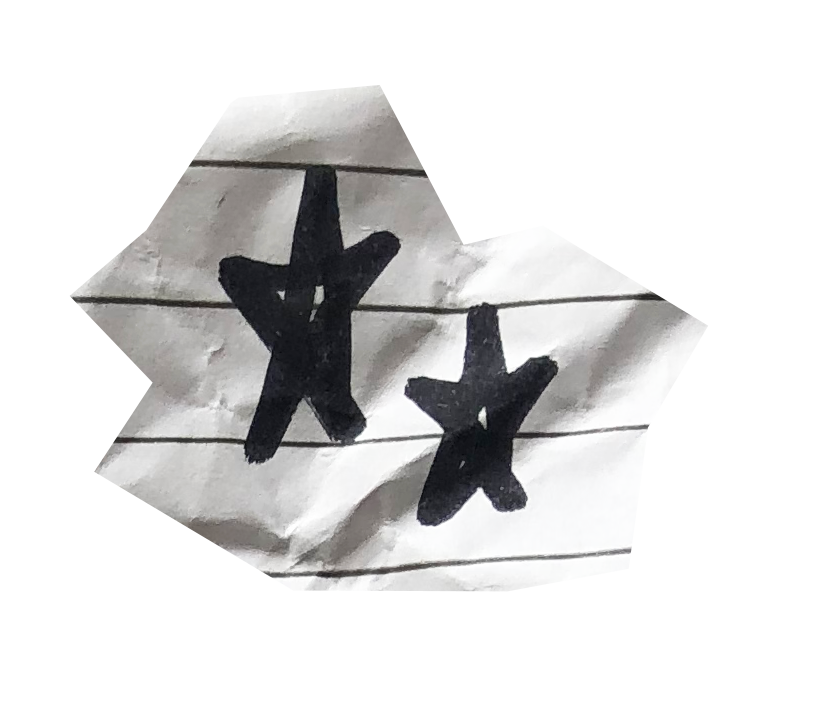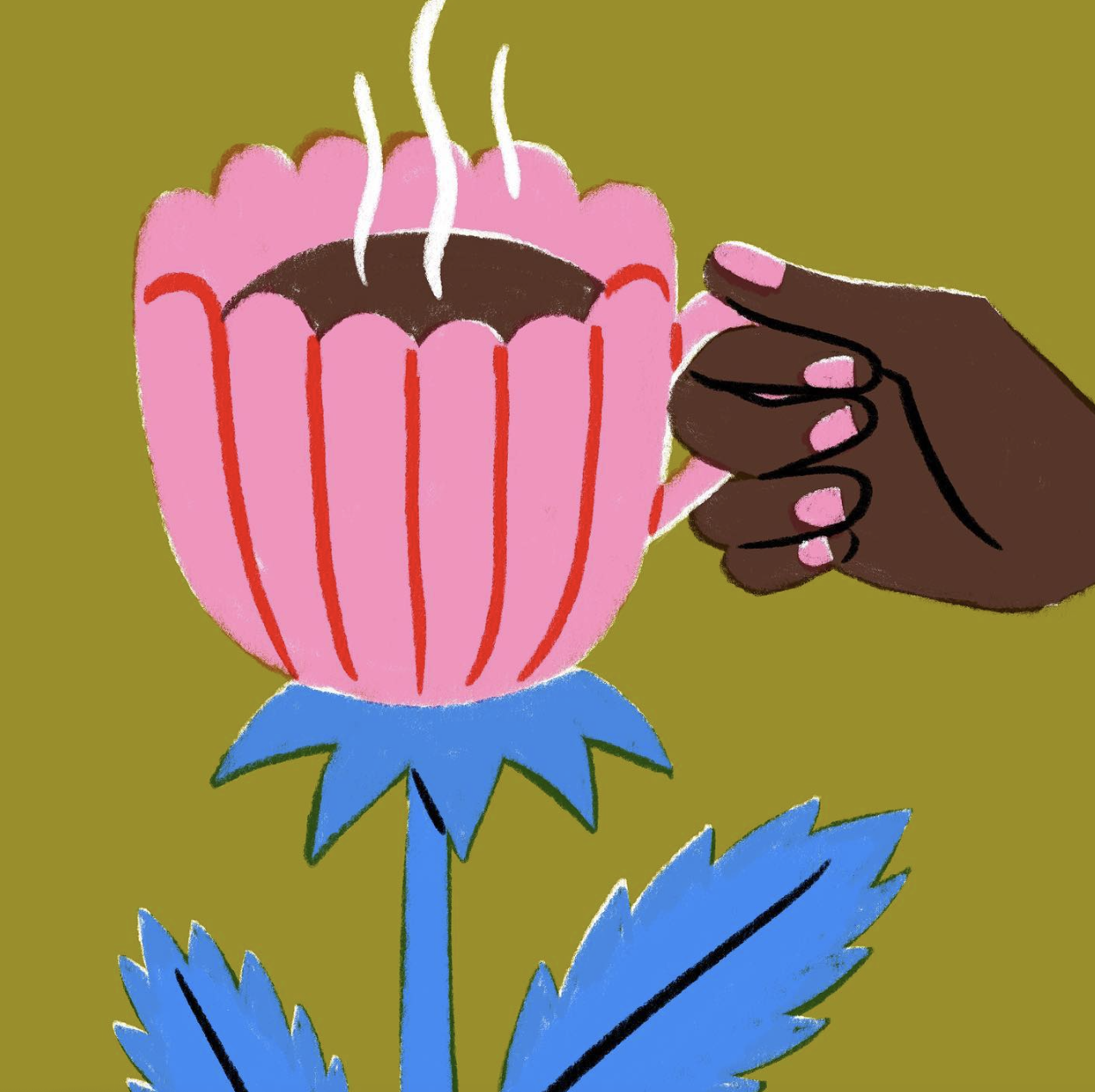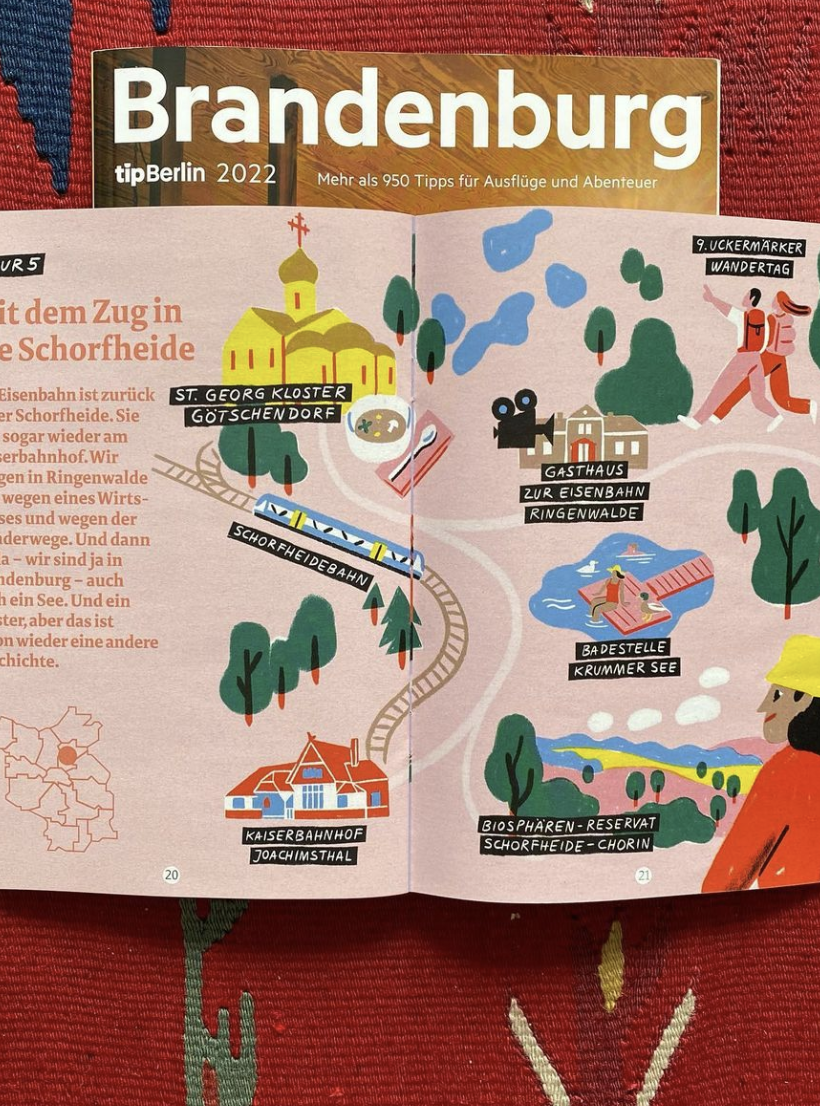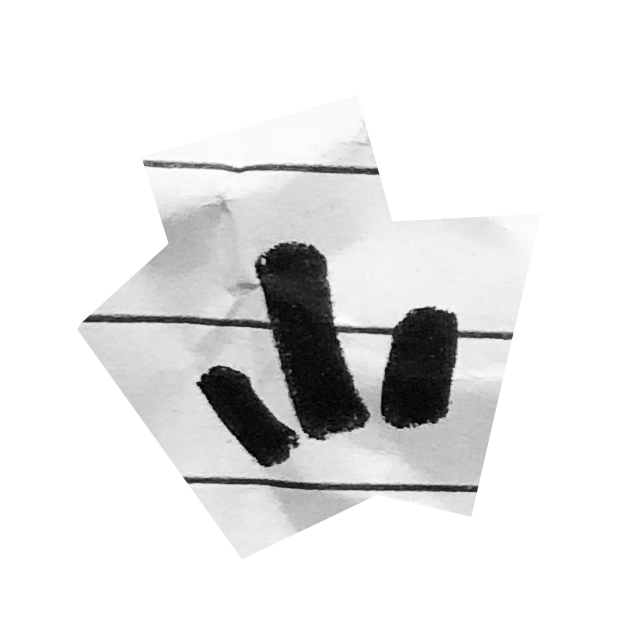‘A successful illustration provokes an immediate reaction’

Regardless of where it’s viewed, an editorial illustration is most effective when it conveys a concept that can’t be achieved in the same way through writing or photography. An interview with a specific person might be enhanced by a portrait photograph of them while an illustration has the ability to communicate an idea. “Illustration is perfect for features about a type of behaviour, health, a social issue, psychology, technology, environment, finance etc,” Sarah says. “Illustration can really bring these pieces alive.”
For illustrators hoping to get into editorial illustration, Sarah suggests being visible on Instagram (including a website URL in your bio), and emailing her a portfolio link. Her shopping list for a good illustrator starts with imagination. “I expect them to be confident about providing ideas,” she says. “I often have a starting point idea for an image (and that helps me choose an appropriate illustrator) but I love to be presented with an improvement on my suggestion in the roughs. I don’t always have a good idea and it’s fun to throw that open to someone I know has plenty of them.”
Sarah Habershon, Art director of G2, is responsible for commissioning the editorial illustration for the 12-page pull out section of The Guardian newspaper. Since the first thing people usually see when they first lay eyes on an article are the headline(s) and the image, Sarah works closely with the editor to establish what’s appropriate. ''For the more serious features we have a thorough discussion about the approach to take for the tone of the illustration,” she says. A question she often has to ask is if it’s possible to find a hopeful element in a traumatic story. “When we run a piece about a serious issue I try to use illustration to highlight the positive, hopeful side of the story while respecting the seriousness of it,” she says, “the light in the darkness.”
It is very important for Sarah to choose the right illustrator. “The Guardian covers the arts extensively and our readership expects to see strong visuals.” Choosing the right illustrator not only depends on their unique visual style, but their understanding and interst in the topic is also important. “I need an artist who will really understand the copy and get to the heart of the story. They need the ability to interpret a story in an unexpected yet very relatable way.”
The reader needs to ‘get’ the editorial image. A successful illustration provokes an immediate reaction. “I don’t think it’s worked if the reader struggles to see what’s going on,” Sarah explains. “You know that lovely feeling when you see something and think: ‘Wow! That’s clever! I get that!’? That’s what we always hope for.”
News is increasingly being consumed online which brings challenges for editorial illustration. An artwork has to retain its impact viewed as a tiny homepage thumbnail image on a mobile phone. “It would be easy to say distinctive colour and not too much detail work better online,” Sarah says, “but then again, I wouldn’t want to sacrifice the detail you might enjoy when you open up the page. Obviously there is a lot of vector illustration around because it’s generated on a screen and looks punchy
https://mymodernmet.com/sir-john-tenniel/
https://theaoi.com/inside-illustration/interview-ad-sarah-habershon/
https://mymodernmet.com/sir-john-tenniel/
"Create, learn, take visual references from those artists that inspire you. Feel free to create - but never copy - and always follow your own instinct."
Illustration Studio Estudio Santa Rita

How did you get to be an (editorial) illustrator?
I studied Graphic Design at the New Bulgarian University in Sofia though I have always been interested in illustration and have been drawing since I know myself. When I used to work as a designer I started posting my illustrations on Instagram where I got small jobs first by friends and later by companies as well. It's a great platform to get discovered and build a community, so in my case it grew so much that at some point I made the decision to quit my job and pursue a career in illustration.
How do you usually find work?
For now everything happens through Instagram, where I get new commissions regularly from smaller and bigger companies. I still haven't got a contract with an illustration agency though I am on the list of one. This would be the next step.
Do you promote yourself? If so, how?
In the beginning when I had around 1400 followers I posted regularly ads on Instagram which brought me sometimes more and sometimes less new followers. But at some point it wasn't necessary anymore because of Instagram's algorithm (thanks to which I sometimes gained on good days up to 1000 followers a day). Right now I'm not focusing on this anymore since my community already grew quite big and I'm receiving new commissions regularly.

‘I feel successful when I've finished a project and the client is happy’
"This should not be an empty phrase, but it is important to like what you do, to be able to stick with it for a longer time, until it makes an impact."
Professional illustrator Sua Balac
"While working on your illustration, don’t stick with your very first idea. It’s usually the most banal and obvious one. Put it aside, think harder, come up with few more and then get back to the first one if it still seems good to you."
Professional illustrator Denis Zilber
"I will pass the advice I kept in mind when I was creating my first portfolio - Create work that suits your taste and gives you fun - do not put artworks in your portfolio only because it might give you an opportunity to work on projects that you are not passionate about. If you create stuff with passion and joy it will benefit your artworks for sure."
Kacper Swat, professional editorial illustrator

What skills other than illustration are needed to work in this field?
Having a background in design (Graphic design or UI) is quite useful since you keep in mind whom the illustration would speak to and of course how it would be looking in a layout with typography etc.. Aside from that it makes the collaboration with e.g. an art director quite easy.
How do you define success? When do you feel successful in your work?
I feel successful when I've finished a project and the client is happy, when I can share my work online and I'm receiving messages from people who love my work. When I can earn enough money at the end of the month by doing what I love.
What is the hardest thing about editorial illustration? And what is the best thing about it?
For me the hardest thing is the lack of social life, at least in the beginning of my illustration career this was the case. I had lots of enquiries which I didn't want to turn down in order to make a living so I used to work on many projects at the same time. With time I was able to increase my rate and the clients got bigger which means that payment was also better.
The best thing is that I am able to make a living by doing what I love, being creative and being my own boss.
Do you have any advice for upcoming artists who want to pursue editorial illustration?
If you haven't found your style yet, observe the works by illustrators you like, copy them, then look at others, copy them too and at some point you'll find your own style. It will come naturally to you if you just draw something everyday.